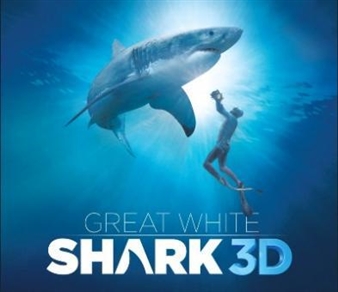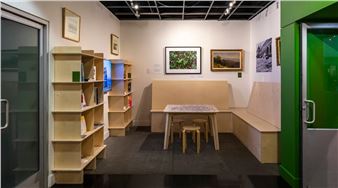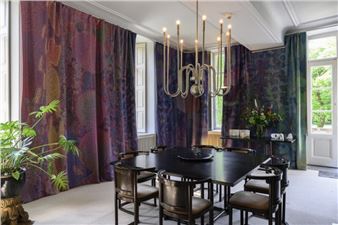David Dye: Devices
The archive of David Dye (1945-2015), which the artist generously bequeathed to the Henry Moore Institute Archive of Sculptorsã Papers, comprises sketchbooks, drawings, films, presentation boards, photographs, negatives, project files and exhibition catalogues. This exhibition shows how he developed his interests out of sculpture into photography and film.
David Dye: Devices focuses on the dynamic first decade of his career, showing the development of his work from 1966 to 1976. It begins with Dye's time studying sculpture at St Martinãs School of Art, and from here examines the steps he took across media and highlights the concerns that charged his work.
As Dye wrote in an early notebook: ãI had art history on one shoulder and the history of film on another.ã In this decade the artist used projectors, cameras, screens, mirrors and the human body in a variety of complicated configurations. Dye often referred to his works as ãdevicesã and this archival exhibition takes up this term, highlighting the ways in which he examined relationships between objects and spectators, manipulating their locations and exploring the poetics of projection and perception.
Early drawings for sculptures, photographs of sculptures reproduced in film-like sequences, and presentation boards demonstrate Dye's consistent exploration into relationships between artwork and spectator. His sculpture ãDistancing Deviceã (1970) coordinates the movements of the viewer, while films such as Mirror Films (1972), Towards/Away from (1972) and Blind Spot (1973) control the eye with careful precision.

Recommended for you
The archive of David Dye (1945-2015), which the artist generously bequeathed to the Henry Moore Institute Archive of Sculptorsã Papers, comprises sketchbooks, drawings, films, presentation boards, photographs, negatives, project files and exhibition catalogues. This exhibition shows how he developed his interests out of sculpture into photography and film.
David Dye: Devices focuses on the dynamic first decade of his career, showing the development of his work from 1966 to 1976. It begins with Dye's time studying sculpture at St Martinãs School of Art, and from here examines the steps he took across media and highlights the concerns that charged his work.
As Dye wrote in an early notebook: ãI had art history on one shoulder and the history of film on another.ã In this decade the artist used projectors, cameras, screens, mirrors and the human body in a variety of complicated configurations. Dye often referred to his works as ãdevicesã and this archival exhibition takes up this term, highlighting the ways in which he examined relationships between objects and spectators, manipulating their locations and exploring the poetics of projection and perception.
Early drawings for sculptures, photographs of sculptures reproduced in film-like sequences, and presentation boards demonstrate Dye's consistent exploration into relationships between artwork and spectator. His sculpture ãDistancing Deviceã (1970) coordinates the movements of the viewer, while films such as Mirror Films (1972), Towards/Away from (1972) and Blind Spot (1973) control the eye with careful precision.

 ARTISTS
ARTISTS













